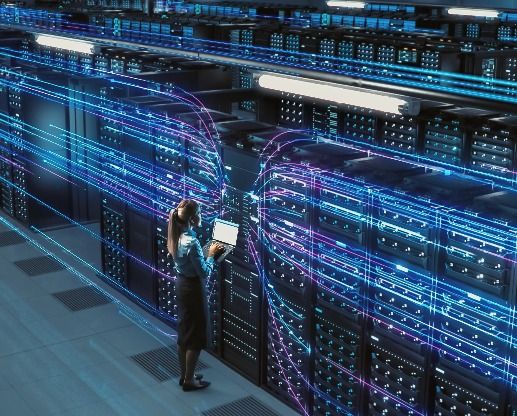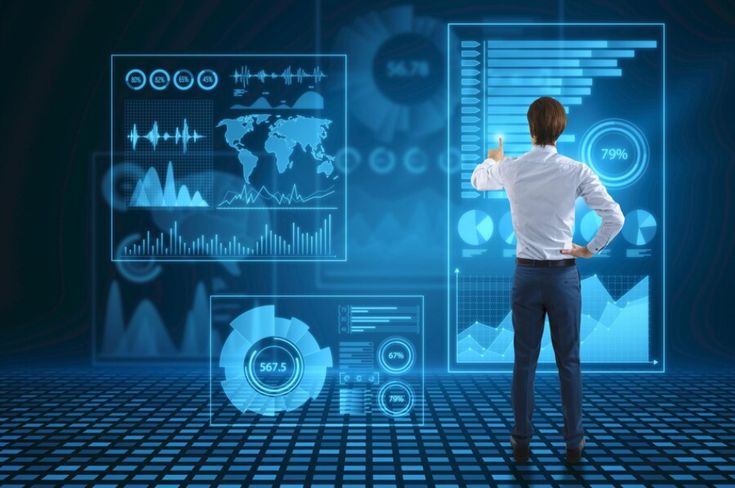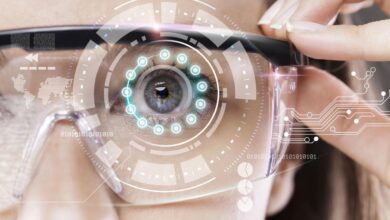Unlocking the Power of Data

Understanding the Data Revolution
In the modern world, we are surrounded by an invisible force that is reshaping every aspect of our lives: data. From the apps on our phones to the systems that power our cities, data is being generated and collected at an unprecedented rate. This isn’t just a simple collection of numbers; it’s the raw material for innovation, the foundation of modern decision-making, and the key to solving some of our most complex challenges. This revolution is about more than just gathering information; it’s about unlocking the power of data, transforming it from a raw resource into actionable insights that drive progress.
The shift from a data-scarce to a data-rich world is one of the most significant technological changes of our time. It’s a change that is empowering businesses to understand their customers better, enabling scientists to make groundbreaking discoveries, and helping governments create more efficient and responsive public services. The ability to harness this power is now a critical skill, separating those who will lead the future from those who will be left behind.
The Foundational Pillars of Data Power
Harnessing the potential of data requires more than just access to large datasets. It is a multi-step process built on a foundation of technology, methodology, and a clear understanding of its ethical implications.
A. Data Collection and Generation
The first step in any data-driven process is gathering the information itself. Data comes in many forms, from structured databases to unstructured text, images, and sensor readings.
- Sensor Networks: The Internet of Things (IoT) has transformed data collection. Billions of interconnected devices, from smart home appliances to industrial sensors, are constantly generating streams of data on temperature, movement, and usage patterns.
- Social Media and Web Scraping: User-generated content on social media platforms provides a rich source of qualitative data about public opinion, consumer trends, and brand perception. Companies use web scraping to collect information from websites for market analysis and competitive intelligence.
- Transactional Data: Every time a customer makes a purchase, a transaction record is created. This data is invaluable for understanding consumer behavior, predicting sales trends, and personalizing marketing campaigns.
B. Data Processing and Management
Once collected, raw data is often messy, incomplete, and unusable. It must be cleaned, organized, and stored in a way that makes it accessible for analysis.
- Big Data Technologies: Tools like Hadoop and Spark are designed to handle the massive volume, velocity, and variety of data generated today. These technologies allow for the distributed storage and processing of data across large clusters of computers.
- Cloud Computing: Cloud platforms such as Amazon Web Services (AWS), Google Cloud, and Microsoft Azure provide scalable infrastructure for data storage and processing, making these powerful tools accessible to a wider range of organizations.
- Data Warehousing and Lakes: A data warehouse is a centralized repository of structured data, optimized for reporting and analysis. A data lake is a more flexible storage system that can hold vast amounts of raw, unstructured data, which can be analyzed as needed.
C. The Power of Data Analytics
This is where the magic happens. Data analytics is the process of examining raw data to draw meaningful conclusions. It is the bridge between raw information and actionable insights.
- Descriptive Analytics: This is the most basic form of analysis, answering the question, “What happened?” It involves summarizing historical data to identify patterns and trends, such as analyzing past sales to understand what products are most popular.
- Predictive Analytics: This form of analysis uses statistical models and machine learning to answer the question, “What will happen?” Businesses use predictive models to forecast future sales, identify at-risk customers, and anticipate market shifts.
- Prescriptive Analytics: The most advanced form of analysis, prescriptive analytics goes a step further by answering, “What should we do?” It recommends a course of action based on a predictive model, such as suggesting the optimal price for a product or the best time to send a marketing email.
D. Artificial Intelligence and Machine Learning
AI and Machine Learning (ML) are the ultimate tools for unlocking data’s power. They allow computers to learn from data without being explicitly programmed, enabling them to find hidden patterns and make decisions on their own.
- Deep Learning: A subset of ML, deep learning uses multi-layered neural networks to analyze vast amounts of data. This is the technology behind facial recognition, natural language processing, and medical image analysis.
- Natural Language Processing (NLP): NLP enables computers to understand and process human language. This technology is used in chatbots, sentiment analysis of customer reviews, and automated translation services.
- Computer Vision: This field allows computers to “see” and interpret visual data from images and videos. It is used in self-driving cars, security systems, and quality control in manufacturing.
The Ethical Imperative of Data
With great power comes great responsibility. The data revolution also raises significant ethical concerns that must be addressed.
- Privacy and Security: As more data is collected, the risks of data breaches and misuse of personal information grow. Protecting user privacy and ensuring data security are now top priorities for individuals and organizations alike.
- Algorithmic Bias: The algorithms that power AI systems are only as unbiased as the data they are trained on. If a dataset reflects historical biases, the resulting algorithm can perpetuate and even amplify those biases in its decisions, from loan approvals to hiring processes.
- Transparency and Accountability: It is often difficult to understand how an AI model arrives at a specific decision. Ensuring transparency in these “black box” algorithms is essential for building public trust and holding organizations accountable for their automated decisions.
The Future of Data: A New Frontier
The data revolution is still in its early stages. Emerging technologies are promising to unlock even greater potential.
- Quantum Computing: While still in its infancy, quantum computing has the potential to solve complex problems that are currently impossible for even the most powerful supercomputers. This could lead to breakthroughs in materials science, drug discovery, and financial modeling.
- Edge Computing: Instead of sending all data to a centralized cloud, edge computing processes data closer to its source, such as on a smart device or a local server. This reduces latency, saves bandwidth, and is essential for applications that require real-time analysis, like self-driving cars.
- Data-as-a-Service (DaaS): The future will see more companies offering curated datasets and analytics services as a product. This will democratize access to high-quality data, allowing even small businesses and individuals to make data-driven decisions.
The power of data is transforming industries and reshaping society. By embracing the right tools, methodologies, and ethical frameworks, we can harness this force to create a more intelligent, efficient, and equitable world.








